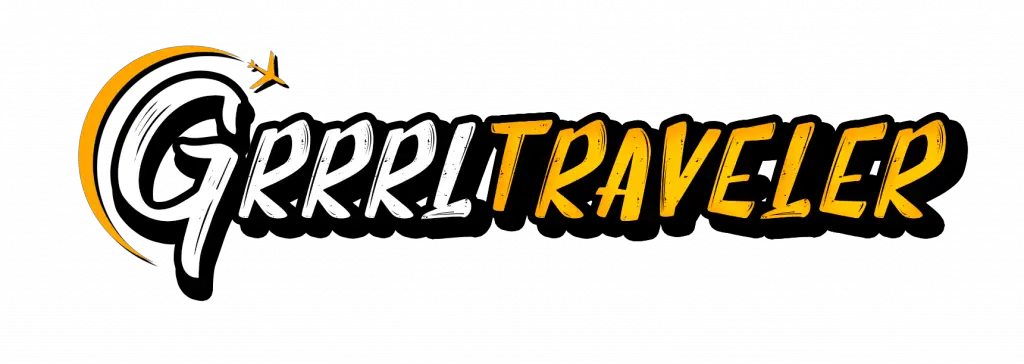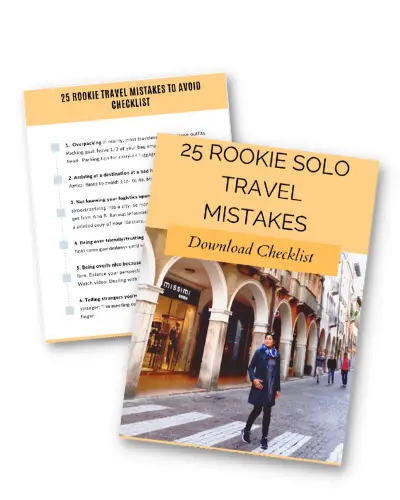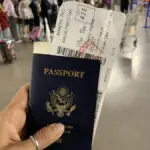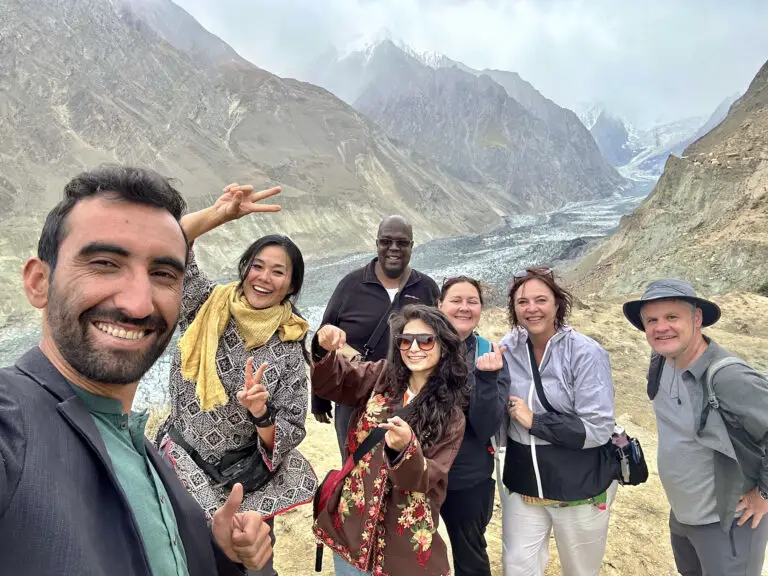Last Updated on August 25, 2017 by Christine Kaaloa

Trying to learn a new language? Here are some tips to help you with your memory technique, and optimize your speed learning language process.
I’ve learned five languages outside of English. While i’ve never had the time or drive to master fluency in any of them, i’ve learned enough to implement into different situations when I travel or watch foreign films. Sometimes, my accents or words can be bad but trying is key for life!
It’s better than not trying at all.
Table of Contents: 7 Tips for Speed Learning a Language
7 Tips for Speed Learning a Language
1. Practice first thing in the morning.
Did you know that the morning is the best time for learning and memorization? Your mind is fresh, alert, retentive and most permeable to suggestion. When I really have to memorize something like lines for an audition, I do it as soon as I get up (sometimes, straight from my bed)!
2. Immerse yourself!
If you’re really passionate about something, you want to do it all the time. Some people go as far as create that environment in their lifestyle choices.
Dress up in your sari or beret and bombard yourself with the language – watch films from that country, listen to radio news and music in that language, listen to language tapes, join language groups. The more you surround yourself with a language and become familiar with it’s rhythm, expressions, intonations, this breeds familiarity. This will open your mind’s receptivity to it- intuitively, rhythmically and tonally.
3. Observe
Observe the non-verbal patterns of a language.
As I mentioned, watching films from the country helps immensely. You can observe and learn about how words and their expressions fit in conversational context. Hearing the speech also helps you get to understand the rhythm of how the language is used conversationally. You can also pick up on its non-verbal expressions and cultural ticks. For instance you’ll see in Hindi films, Indians use the head wobble as a nod of acceptance or affirmation. All these cultural subtleties deepen your understanding of a language.
4. Active listening
Listening to a language doesn’t have to be a passive sport- you can add other activities to it to optimize your lesson and make it fun. Be creative!
If you’re listening to a language CD, visualize the words and their spelling as you speak them. If your language has different alphabet characters, challenge yourself to write the characters out as its spoken. This is something I learned from Koreans learning English. As the Korean alphabet (hangul) is vastly different from English characters, they would sound out the word and translate it into hangul to understand the intonation. And vice versa. I’d write a Korean pronunciation out in English to see the word so I can speak it better.
5. Connect with symbols & images
Did you know you store memory in more places than just your brain?
A known acting technique for memorizing scripts is to “own the words”. Everyone has their own way of personalizing speech. In re-known acting coach, Ivanna Chubbuck’s book, Power of the Actor, she says:
“…we speak from the memory of images, not words.”
Interesting huh? But true. When we speak, we’re not envisioning words or their spelling. We’re envisioning symbols and meanings.
For example: if I say “cat”. The image of an orange and white tabby with fluffy fur might come to mind if I’m happy or it might shift to an angry black cat hissing at me, if the sentence is upset or protective. This gives a word more dimension and personal connection. It’s stronger than reading a word off a stark white page.
6. Physicalize it
If you’ve ever watched actors learning lines, you’ll notice them standing up, walking, moving around while memorize them. This is called getting the words into your body, so you wear the words as your own.
We learn and remember things by doing them. Techniques like highlighting words, jotting down notes by your own hand, make flash cards and stick them around your house and on various objects, make words a part of your memory by making them concrete and personal.
Ever had to take an exam? There’s often one question which you’ll remember, because you remember seeing it highlighted in yellow or dog-earred from your notes.
The memory recalls physical objects, which is capable of creating a memory for you. Touch, smell, sight, sound.. all these particles attach and cling onto your memory.
7. Act it out!
Every country has their own cultural way of conveying themselves… beyond words. When you pick up on a culture’s joie de vivre and non-verbal ways of communication, it will offer spice to your learning and add dimension to your memory’s retention of the word.
If you’re learning French, “become French” and speak through a pout and blase Parisian accent. Try exaggerating it and making it large until you laugh out of the sheer fun. Your body will remember some of that playing and you’ll absorb the intonations.
Learning Hindi? Learn the body language such as hand movements and head swivels that Indian people use to extend their communication.
Any helpful tips for speed learning language? Share them below.

















